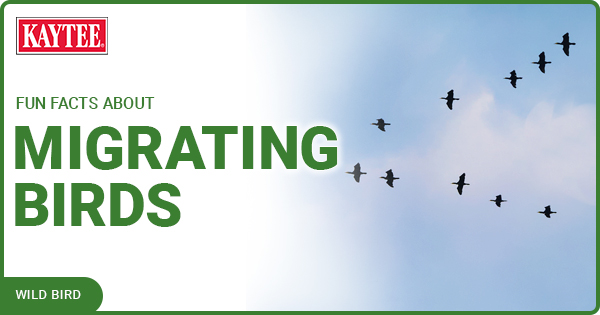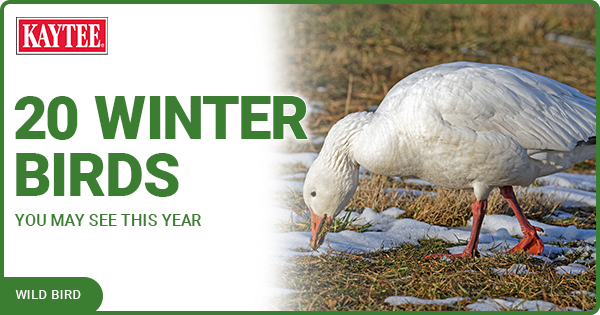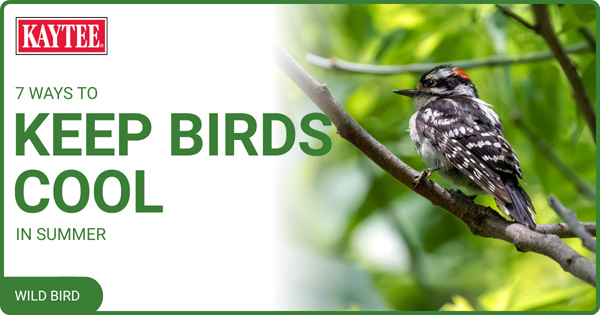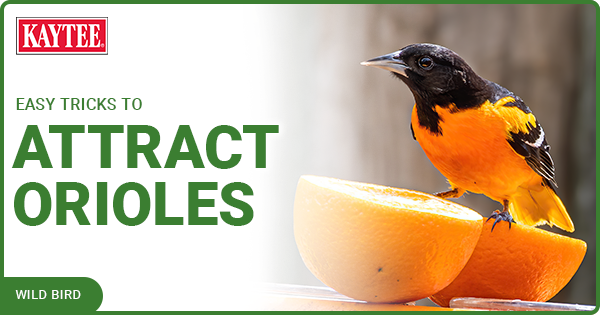Why Suet is a Top Food to Offer Wild Birds
Suet is a prime food to offer wild birds, but why? How does suet compare to birdseed? By understanding more about suet, birders can choose the most nutritious foods for their feeding station to attract hungry birds.
What Is Suet?
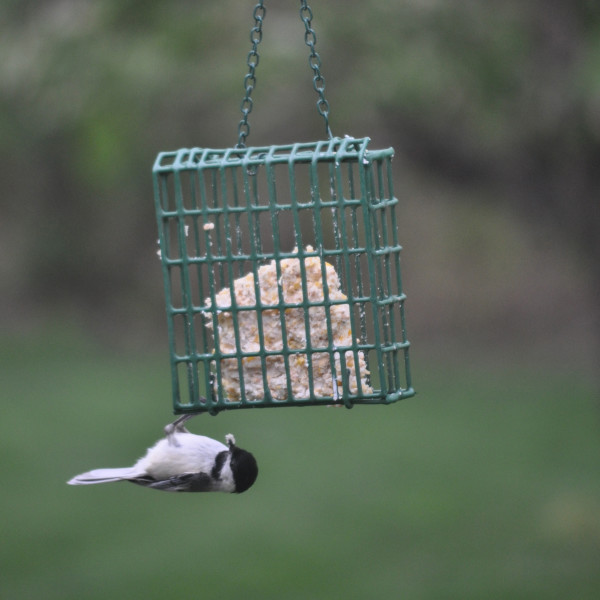
Suet is rendered fat that is molded into firm cakes to feed birds. Pure suet is often mixed with birdseed, nuts, bits of fruit, dried mealworms, or other treats to attract even more birds. If preferred, suet cakes can be made with lard, another animal fat, or vegetable shortening instead of animal fat, making the food vegetarian or vegan.
Mixing pure suet with cornmeal will keep the suet drier and minimize softening and melting on hot days. Some blends also include hot peppers to discourage unwanted guests such as squirrels, skunks, and raccoons from gobbling up all the suet, though birds aren't bothered by a bit of heat.
Suet comes in many shapes and textures, from soft, spreadable “butters” to be smeared on tree branches or trunks, to cakes, balls, and plugs to fit in specialized suet feeders. Fun shapes such as bells, hearts, and wreaths are popular for holiday bird feeding and gifts, while nuggets are great for offering in small dishes or platform feeders.
Birds That Love Suet
Many birds readily visit suet feeders, including woodpeckers, wrens, chickadees, nuthatches, thrashers, titmice, bluebirds, thrushes, grosbeaks, catbirds, cardinals, mockingbirds, and jays. Some orioles, warblers, and sparrows will also sample suet.
With such a wide range of birds enjoying the food, including many that don't normally visit seed feeders like bluebirds and kinglets, adding suet to your backyard buffet is a great way to attract more birds.
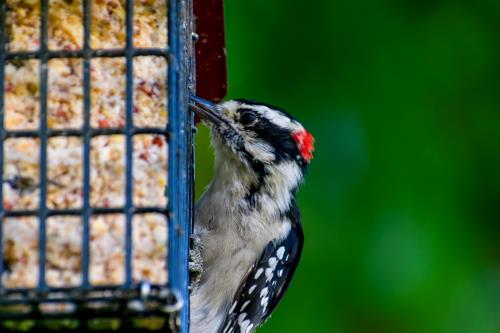
Suet vs. Birdseed
While birdseed is the top offering in many backyard feeders, suet is actually higher in easily digestible fat and calories which provides quick energy to hungry birds. This makes suet ideal for fall and winter feeding when birds need more calories to maintain body heat. Suet also provides quick energy for migrating birds, helping them successfully complete their challenging journeys. Depending on the blend, suet can also be high in protein, ideal for maintaining feather structure and muscle health.
Suet also has other benefits that birdseed lacks. Suet will not spill if a feeder is accidentally tipped or toppled, creating less waste and less mess to clean up. Any spilled suet will also not sprout into unwanted weeds in the lawn or garden. While softened suet may drip or dribble onto grass, that disadvantage is easily overcome by choosing no-melt suet blends.
Suet in Summer
Suet provides ideal nutrition for birds year-round, even during the hot summer months. The burst of energy from suet is a welcome advantage to busy parent birds as they tend their demanding broods, while higher protein blends are best to nurture growing birds.
To make the most of suet in summer, freeze or refrigerate suet before using, and only put out a small amount that birds will eat in a day or two. This will help ensure the suet does not spoil in higher temperatures, which can be toxic for birds. Position summer suet feeders in shady areas and use no-melt suet options blended with cornmeal to minimize melting. Be sure to use baffles or cages around suet feeders as well to keep other wildlife from usurping the tempting treat. To keep the ground underneath suet feeders free of melted drips, offer suet in small dishes or use catch trays underneath feeders.
Diversity is Best
Ultimately, the best wild bird feeding station is one with a diverse array of foods, including both birdseed and suet. When different foods are available, more bird species will visit the yard and become regular guests, increasing local biodiversity and providing more engaging and enriching experiences for everyone keeping an eye on the feeders.
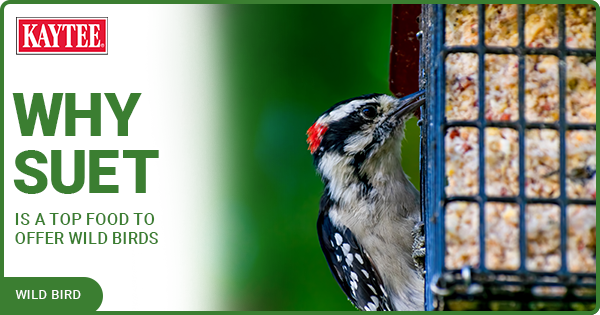
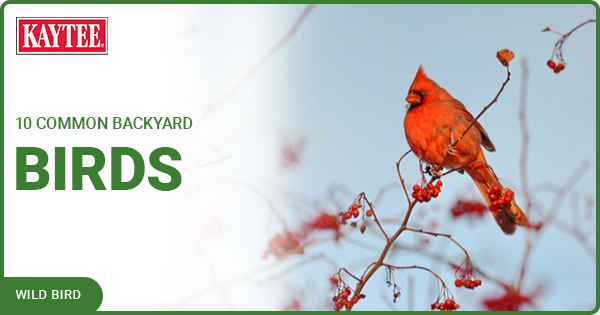
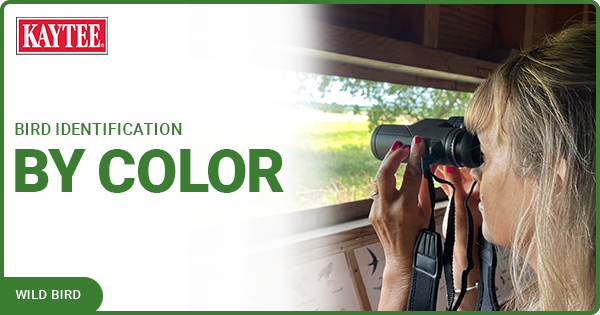


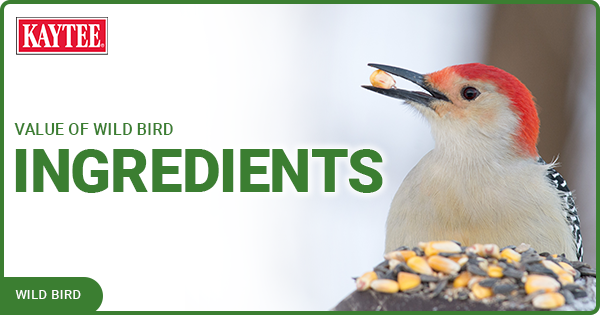
.png?h=315&iar=0&w=600&hash=9C09A701CB4D5CF9B2C5B7FA2DA01F2E)
